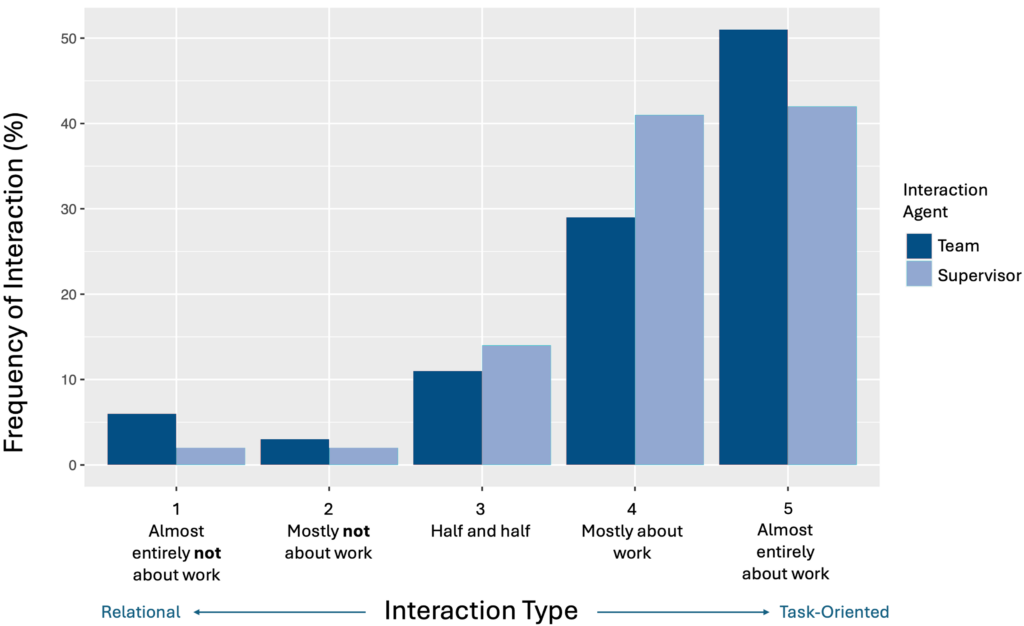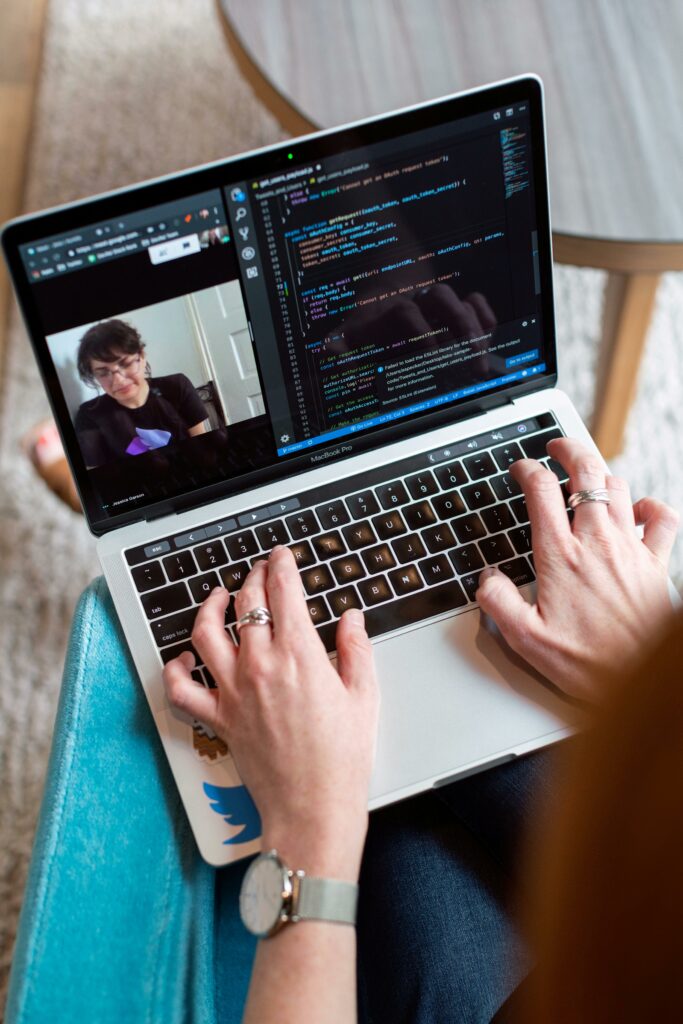15.02.2025 by Anastasia Ruvimova
Does Remote Work Affect Introverts Differently? Workplace Communication in the Pandemic
In the unprecedented shift from in-person to remote work during the COVID-19 Pandemic, team communication saw one of the most dramatic changes for the office worker. In state-mandated work-from-home policies, companies did their best to make working from home as similar as possible to the office. VPN systems facilitated remote access to work computers. Many employers supplied their workers with office equipment – perhaps additional monitors and ergonomic keyboards, or a budget for office furniture, so they could perform their tasks in the same way.
Technically speaking, remote work might not have looked so different – it was done in the same applications, on the same type of monitors, perhaps even from a similar-looking chair. However, socially speaking, remote work was a world of a difference.
What was once a seamless blend of casual hallway chats, spontaneous desk visits, and impromptu brainstorming sessions transformed into scheduled video calls, instant messages, and emails. While remote work brought flexibility and efficiency in some ways, it also created new challenges in maintaining relationships, collaboration, and workplace culture. In a three-month study with 60 knowledge workers (including software developers, business analysists, architects, and more), we set out to investigate just how team communication changed in the Pandemic. In particular, we looked at the personality trait which is often considered to play the biggest role in social interactions: a person’s level of extraversion. Extraversion (and its counterpart, introversion) indicate the natural outward (extra-) and inward (intro) focus of attention, particularly with regards to social interactions. Extraversion therefore manifests itself in more outgoing and sociable behavior. With workplace communication having undergone such a dramatic shift, we wanted to explore how remote interactions affected perceived productivity and wellbeing – indicators of workplace thrive – in employees of different personality type.
First, we asked, how did participants experience the change from in-office to remote?
Remote Communication: Overwhelming and Underwhelming
We found that with the move to home working, participants reported spending much more time communication with their teams. In fact, participants reported spending, on average, 3 hours and 35 minutes on meetings daily (approximately 45% of an eight-hour work day). This is a staggering amount of time to spend in meetings, specially when considering the known “Zoom fatigue” effect, which indicates that teleconferencing is more fatiguing than in-person meetings. We found that a common reason for the increase in meeting time was that remote communication lacks the completeness and depth of in-person communication. The number of meetings has thus ramped up in the effort to maintain the information flow. Yet even with the increased meeting time, multiple participants felt that they are missing the tidbits, the news nuggets, the kind of information one gleans from hallway conversations and watercooler talks.
“It just takes up more time in my day rather than me just like overhearing something which surprisingly can provide quite a bit of context” — S237
“You’ll have a coffee together and a chit chat and you’ll get many, many information you are not aware about. And that’s all missing at the moment” — S153
In addition to a loss of context, participants mentioned that remote communication makes it difficult to read the body language and facial expressions of your conversation partners.
“I lost my superpowers when we went remote. ’Cause I cannot read the room” — S229
Remote communication requires more time and effort to relay the same depth of information. With the mounting pressure to use the time as efficiently as possible, it is not surprising that casual, social aspects of these conversations were significantly decreased.
Missing the Social Connection
More than anything, participants were missing the water cooler talks. Much of team communication shifted away from social chat to being mostly work-centric. It is especially those serendipitous interactions – the water cooler or coffee talks, the casual check-ins before and after meetings – that lost their place in the remote workday.
“Well I think all of those sort of happenstance, personal connections that are a function of sharing a workplace, sharing a work environment, those are all gone. So everything is much more sort of deliberate and scheduled and, you know, not impulsive” — S456
This was echoed in participant’s ratings of their interactions. The following graph visualizes the distribution of interactions from very social to very work-oriented, showing a heavy weight on more work-oriented communication.

Quality vs. Quantity: Participants often reported that remote communication increased overall (more meetings, more chats), yet paradoxically, they felt that the depth and quality of these interactions decreased. Meetings multiplied to compensate for lost informal interactions, leading some to feel overloaded and stressed, highlighting the complexity of finding the right balance.
Remote Communication Affects Introverts Differently
We found that remote communication impacts workers differently based on their personality trait, but not in a straight-forward way. We originally thought that, perhaps, extraverts would prefer more social interactions, while introverts would prefer more work-oriented interactions. However, when measuring the relation between perceived productivity and wellbeing, and the worker’s interactions with their team that day, we saw a more nuanced relationship.
Extraverts fared better when interactions with their team were more social, but interactions with their manager were more work-oriented.
Introverts, by contrast, fared better when interactions with their team were more work-oriented, while interactions with their managers were more social.
The following chart showcases how personality moderates the effect that of the worker’s manager interactions on their wellbeing:

One explanation might be the number of people in the interaction. Introverts are generally more comfortable when interacting in smaller groups (for example in one-on-one dynamics, which the supervisor meeting might provide) as opposed to larger groups (which might reflect their team interactions more). In any case, we see the need for further exploration and a more nuanced consideration for interaction at work.
One Size Does Not Fit All: Perhaps our most critical insight is that remote communication is not one-size-fits-all. Companies aiming for effective remote work should consider personalizing communication strategies according to team members’ personalities. By understanding that introverts and extraverts have fundamentally different needs and responses to remote interactions, teams can support their employees’ productivity and mental health more effectively.

Remote work is here to stay, and so is the need to understand how to communicate best. Our findings encourage workplaces to adopt a more nuanced, personality-aware approach, turning the challenges of remote interactions into opportunities for healthier, happier, and more productive teams.
For more details, insights, and recommendations from our research, check out the full paper here.

| Authors |
Anastasia Ruvimova, Alexander Lill, Lauren Howe, Elaine Huang, Gail C. Murphy, Thomas Fritz |
| Pre-Print |



